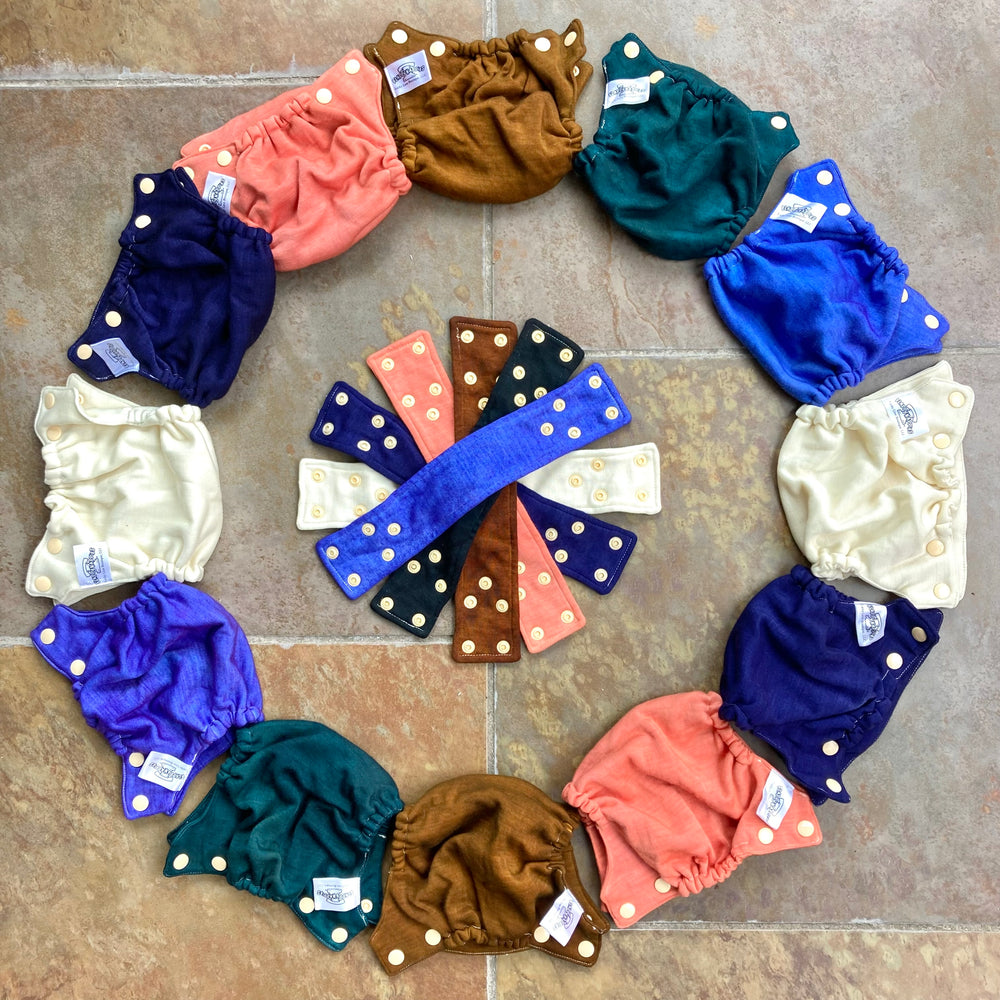
Cast your vote!
We're re-stocking our wool collection and need your help to decide what colors to stock. Click below to cast your vote!
Vote now
Get Exclusive Deals
